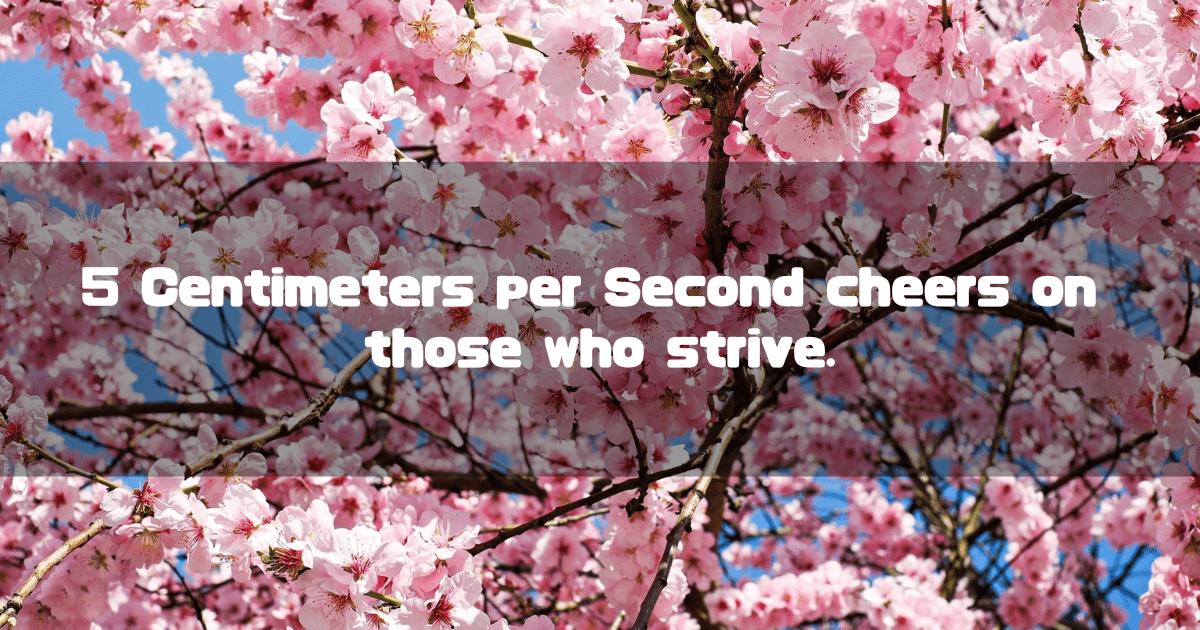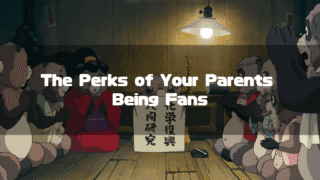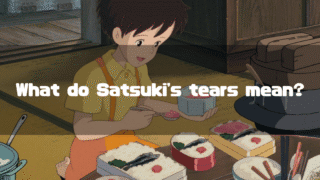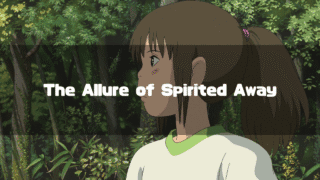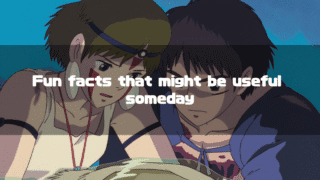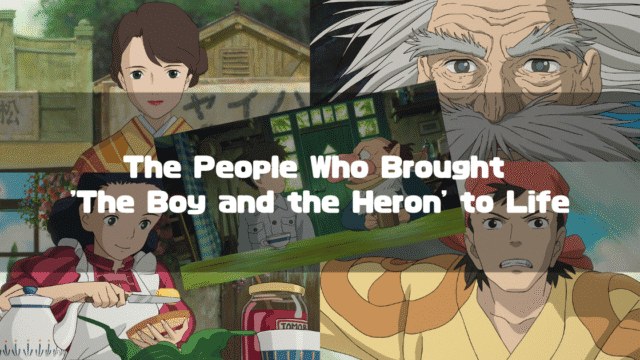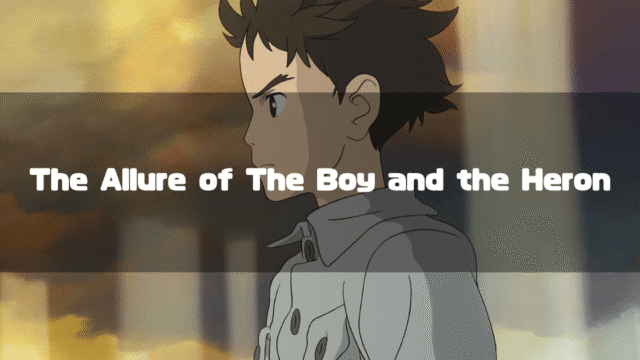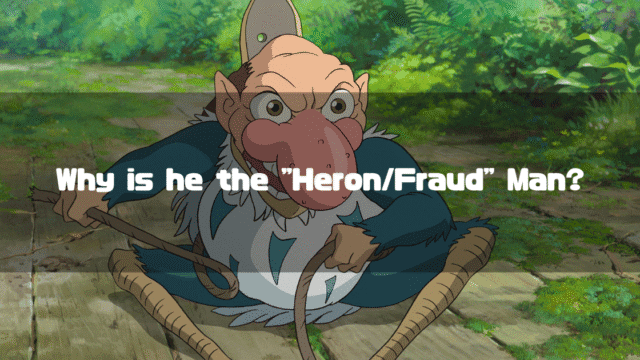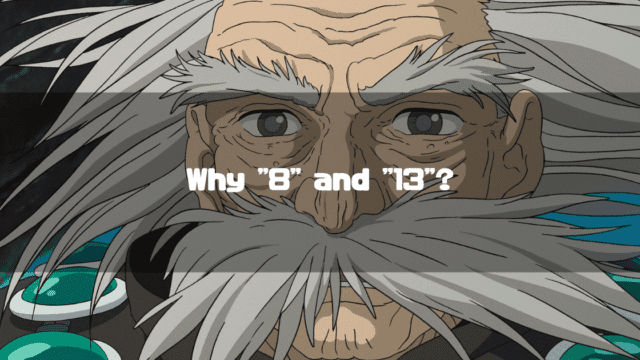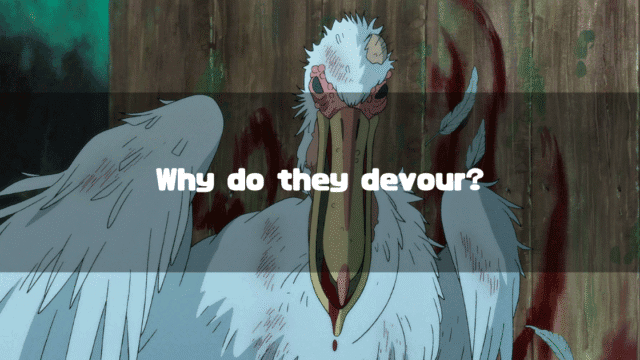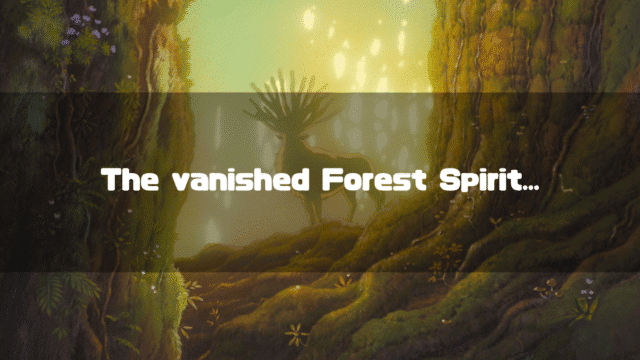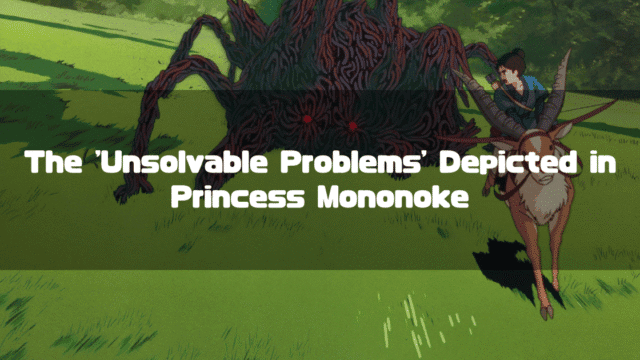5 Centimeters per Second(Official), in Japanese, is an animated feature film by director Makoto Shinkai, released in 2007. At the time of its release, I was already familiar with Director Shinkai and believe I had definitely seen at least The Place Promised in Our Early Days (I’m not so sure about Voices of a Distant Star).
When people talk about 5 Centimeters per Second, it often seems to be described as a “depressing story” or a “terrible story,” and I believe I used to see it that way too. However, I now think that’s not the case at all. I’d like to talk about how 5 Centimeters per Second is an incredibly positive work with absolutely nothing depressing about it. Let’s start by briefly looking back at the first part.
*This article is an English translation of the original Japanese article, “「秒速5センチメートル」は鬱でもなければ酷くもない【「秒速」の前向きな見方】”.
Let an AI walk you through the highlights of this post in a simple, conversational style.
- Cherry Blossom is a Story of Buddies
After their reunion, Takaki and Akari looked toward their respective futures, understood they “couldn’t be together forever,” and chose a positive farewell. However, Takaki and Akari became “buddies” who shared precious memories. - Cosmonaut is Anxiety About the Future
The second part is told through Kanae’s perspective, but it’s a story that projects Takaki’s own anxiety about the future, symbolized by the “Earth-like celestial body” that appears in the story. - The Third Part is a New Step
In the third part, 5 Centimeters per Second, Takaki’s decision to quit his job and become a freelancer symbolizes a steady step forward, not stagnation, bringing hope to the entire story. - A Layered Story and a Hidden Reading of Part 2
If we view the film as Takaki’s recollection, it becomes not a “depressing tale of unrequited love” but a “slightly embarrassing coming-of-age drama” colored by nostalgia. Kanae’s monologue and her sister’s appearance in Part 2 can be interpreted as manifestations of Takaki’s delusional memories, a laughable scene from his youth.
5 Centimeters per Second Is Neither Depressing Nor Terrible

Part 1: Cherry Blossom — The Two Who Became “Buddies” —
The first part of 5 Centimeters per Second, “Cherry Blossom,” depicts the protagonist Takaki’s life from elementary to middle school, telling a love story with Akari, who at first glance appears to be the heroine. The two, drawn to each other, are separated by their parents’ circumstances. To close that distance, Takaki embarks on a lonely train journey and is finally reunited with Akari. After spending a “special night” together, they part ways without ever exchanging the letters they had prepared for each other.
It’s a powerful yet poignant story, but what’s crucial is Takaki’s narration at the end. After his reunion with Akari, he reflects:
“I knew with certainty that we couldn’t be together forever. Before us lay a life still too immense, a vast and empty expanse, stretched out helplessly. But the anxiety that had gripped me eventually, slowly melted away, and in its place, only Akari’s soft lips remained.”
(Original Text in Japanese)
僕たちはこの先もずっと一緒にいることは出来ないと、はっきりと分かった。僕たちの前には未だ巨大すぎる人生が、茫漠とした弛緩が、どうしようもなく横たわっていた。でも、僕を捕らえたその不安は、やがて緩やかに溶けていき、あとには、明里の柔らかな唇だけが残っていた
After this narration, the two spend their “special night” together and part ways the next morning, for good. The key phrase here is, “I knew with certainty that we couldn’t be together forever.” On that day, they confirmed their feelings for each other, but they also said a complete “goodbye.”
It’s a mistake to think that Takaki is “hung up” on Akari in the second part and beyond. True, at the end of the first part, he says, “I strongly wished for the strength to protect her,” which might seem like he’s lingering. But this isn’t about lingering on Akari; it’s a declaration of his will to “become stronger.”
Akari, too, ends up not giving Takaki the letter she intended to. She must have thought, “I want to be strong enough to make Takaki stay.”
In essence, the first part of 5 Centimeters per Second, “Cherry Blossom,” is a story about discovering “the first person with whom one shared” the various challenges of life—their own youthfulness, their powerlessness, and the life problems they must face.
I believe that in that first part, Takaki and Akari became “that person you can’t help but think about.” It’s a bit hard to grasp because it’s framed as a romance, but they aren’t hung up on each other. Rather, they’ve become the first person who comes to mind at various junctures in life, prompting a “I wonder how they’re doing” (think of films like La La Land or games like Breath of Fire).
Thinking this way also explains the mysterious scene in the second part, “Cosmonaut.”
Part 2: Cosmonaut — A Future as Distant as the Depths of Space —
Perhaps the most perplexing scene in the second part of 5 Centimeters per Second, “Cosmonaut,” is the Earth-like object in the sky that Takaki and a “figure who seems to be Akari” are watching. The presence of that object tends to make “Cosmonaut” confusing, but ultimately, it is “a symbol of the anxiety Takaki holds for the future.”
The second part, “Cosmonaut,” speaks of a “lonely journey through space,” but this is the very solitude of a young person battling a future that does not yet exist (well, the same goes for when you get older). Part 2 is presented as “the story of Kanae, who is in love with Takaki,” but the problems she faces are the same ones Takaki carries. In the end, it becomes “a story that uses Kanae’s words to describe Takaki’s anxiety about the future.”
Takaki isn’t harboring lingering romantic feelings for Akari; he is confronting his own uncertainty about the future. At such times, he encourages himself (or perhaps belittles himself), thinking, “I wonder what she’s doing. Is she struggling just like me, or has she been able to envision a clear future?” The symbol of this anxiety is the “Earth-like celestial body.” In short, it symbolizes the thought, “Oh, what a tiny existence I am. How am I supposed to live my life from now on, a life as vast as the deep universe?”
Part 3: 5 Centimeters per Second — A New Step —
Now, we come to the problematic third part, “5 Centimeters per Second.”
What Was Part 3 About?
Throughout the third part, Takaki wears a perpetually heavy expression. He’s clearly in a bad situation, but in what way is it “bad”? Takaki himself explains it:
“For the past few years, all I wanted was to move forward, to touch something I couldn’t reach. I didn’t even know what that specifically was, or where that almost obsessive feeling came from. I just kept working, and when I realized my heart was losing its resilience day by day, it was just painful. Then one morning, I noticed that the feelings that were once so earnest and sincere had vanished completely. When I knew I had reached my limit, I quit my job.”
(Original Text in Japanese)
この数年間とにかく前に進みたくて、届かないものに手を触れたくて、それが具体的に何を指すのかも、ほとんど脅迫的とも言えるようなその思いが、どこから湧いてくるのかも分からずに僕はただ働き続け、気づけば日々弾力を失ってく心がひたすら辛かった。そしてある朝、かつてあれほどまでに真剣で切実だった思いが、キレイに失われていることに僕は気づき、もう限界だと知った時、会社をやめた
Just as Takaki was in “Cosmonaut,” the employed Takaki was driven by the thought that he “must keep moving forward,” but being swamped with work, that feeling disappeared. It would have been fine if he found fulfillment in his busyness, but that was completely absent. Takaki couldn’t bear the days of maximizing profits as a cog in the corporate machine.
This is likely the reason things aren’t going well with his girlfriend either.
Takaki is broken up with by his girlfriend via text message. It seems they couldn’t close the distance between their hearts by even a single centimeter, but why did it come to that? It’s not because Akari is still on his mind. Takaki is caught in the “pathetic sorrow of a man who can’t find fulfillment in his private life if his work isn’t fulfilling.” He could just separate work and private life, but that’s the foolish thing about men—it’s not that easy. Because Takaki lacks fulfillment at work, his relationship with his girlfriend feels empty, and he can’t commit to it.
So, that’s the gist of the third part. The important question is, “Is Part 3 ultimately a ‘good story’?” Of course, it is. This is clear from the beginning of Part 3: Takaki is working as a freelancer. Although he had worked as a member of an organization feeling that “something was off,” he had the skills.
In other words, the third part is the story of “a man who kept questioning his circumstances, took the plunge, quit his job, and finally found his own way of life by ‘living as a freelancer.’” It’s absolutely a good story. And corresponding to Takaki’s “new step,” Akari is also taking a “new step” with marriage (though framing a woman’s step forward as marriage feels a bit dated).
What Was “5 Centimeters per Second”?
In this film, “5 centimeters per second” refers to the speed at which cherry blossom petals fall. But why is the third part also titled “5 Centimeters per Second”? In my opinion, the “5 centimeters per second” in the third part is “the speed of the small steps taken by people living their lives to the fullest.”
Five centimeters per second translates to three meters per minute. You’d have to walk incredibly slowly to achieve that. In fact, it would look like you’re barely moving at all.
Takaki’s days must have been just like that. Not just after he got a job, but amidst the days that “didn’t feel right,” he was frantic with the impatient feeling that he was “stagnating.” But I believe Director Makoto Shinkai offers a powerful message to those who are earnestly living their lives:
You might think you’re stagnating, right? But that’s not true! You are steadily moving forward at 5 centimeters per second. Don’t lose heart, believe in yourself, and live life to the fullest! The future you desire surely lies ahead!
(Original Text in Japanese)
君たちは停滞しているように思ってしまうだろ?でもそうじゃないんだ!君たちは秒速5センチメートルで確かに前に進んでいる。くじけず自分を信じて懸命に生きていくんだ!その先に君の望んだ未来がきっとある!
I mean, isn’t that a great story? There’s nothing depressing about it, no matter how you look at it. 5 Centimeters per Second is a wonderfully refreshing work that “cheers on those who are trying their best.”
If you see it this way, you can watch 5 Centimeters per Second without feeling depressed.
Appendix: Turning 5 Centimeters per Second into a “Comedy”
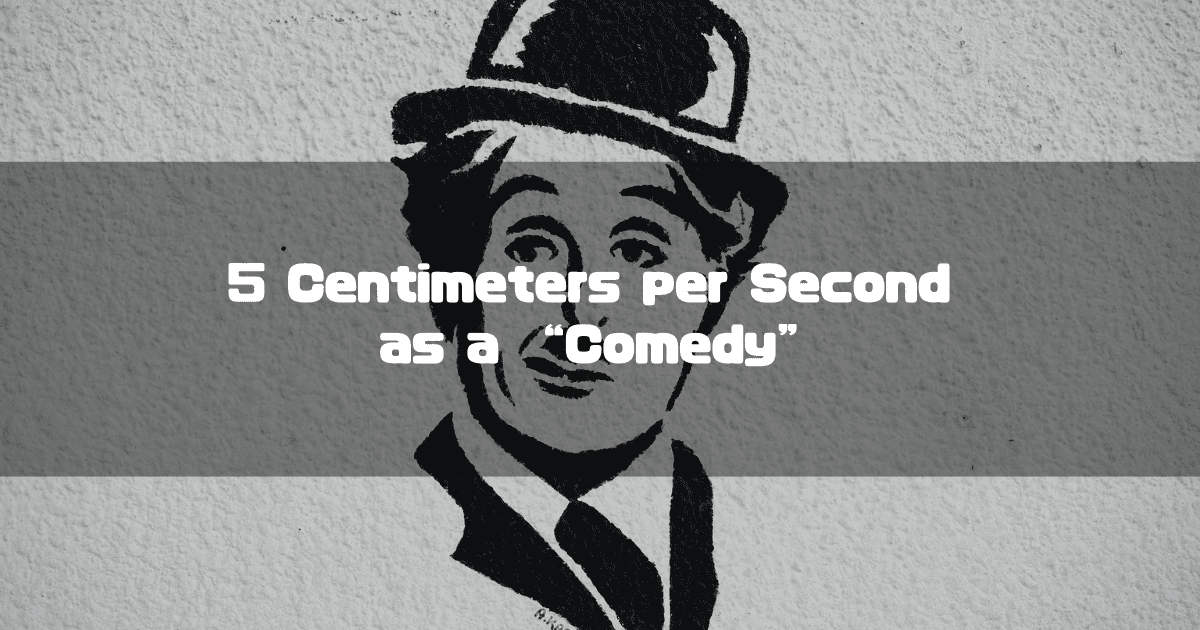
The Real First Part
In the main part of this article, I wrote about “how to watch 5 Centimeters per Second without feeling depressed,” but from here, I want to think about how to turn it into a “comedy.” This is obviously a stretch, hence the “Appendix.”
Now, the first important point is “which part is the film’s first part.” Of course, “Cherry Blossom” is the first part, and chronologically, it’s decided. But considering the film’s structure, I think the third part, “5 Centimeters per Second,” might be the “real first part.”
I still believe 5 Centimeters per Second is a “story of anxiety about the future and taking a new step,” and in that sense, the third part is the most crucial. In my opinion, the first and second parts might be “those days Takaki suddenly remembered” one spring day, after he had successfully set out on the path of a freelancer in the third part.
If you consider 5 Centimeters per Second as a story Takaki is remembering, even the “dramatic, tragic love” of the first part becomes comical to me. What actually happened might not have been so dramatic; perhaps the train wasn’t delayed for three hours, and he might have reached his destination quite early (though the “special night” might have happened).
The reason the film seems somewhat “depressing” could be because it’s a story he is reminiscing about, making it unnecessarily tragic. You want to make your own past as dramatic as possible, don’t you? The poetic text message he receives from his girlfriend in the third part might have actually been something much more trivial, or perhaps something much worse.
When you look at it this way, the second part becomes truly hilarious. What kind of story does it become then?
The Mysterious Presence of “Kanae’s Sister”
When you think of the second part as a “recalled story,” the first thing that’s funny is “Kanae’s monologue.” It’s strange that there’s a monologue from Kanae in a story Takaki is remembering. This means Takaki is recalling it, thinking, “She totally had a crush on me, right? I bet this is what she was thinking.” That alone is wonderful, turning it into a “delusion of a foolish boy,” but the most important element is the existence of “Kanae’s sister.” Why does the sister appear?
She seems to fit in naturally while watching the movie, but I suspect that the one Takaki had a crush on in high school was Kanae’s sister. In other words, he was in love with his teacher. That’s why she has to appear in the story when he recalls his past.
In the middle of the second part, there’s a scene where the sister is watching Kanae, who is struggling to stand up on her surfboard. The sister has a very serious expression. It could be seen as an older sister worried about her struggling younger sister, but maybe it’s something else.
Because right after that, we see “Kanae waiting for Takaki as usual but not being able to meet him,” followed by a scene of Takaki sitting alone in a field, staring at his phone. If you take a very cynical view, perhaps Takaki was planning to confess his love to Kanae’s sister that day. He might have sent her a text to that effect, or maybe he told her in person. But there’s no way Kanae’s sister could accept such a thing.
Takaki was probably healing his “heartbreak” alone. The fact that “Takaki is remembering” a scenario where the little sister who has a crush on him shows up at such a time makes you want to say, “Hey you, what are you doing?”
The main part of this article may have been a stretch, and I know the “Appendix” is even more far-fetched. But I also think the perspective of it being a “recalled story” isn’t so strange.
About the Author
Recent Posts
- 2025-10-04
5 Centimeters per Second Is Neither Depressing Nor Terrible: A Positive Interpretation of the Film - 2025-10-03
The Place Promised in Our Early Days: Full Synopsis & Analysis-A Bitter Retelling of Roman Holiday - 2025-10-02
An Analysis of the Shōwa Godzilla’s Transformation: How Did Godzilla Become a Hero? - 2025-10-01
Godzilla(1954):Full Synopsis and Analysis: The “Sin” and “Destruction” Symbolized by Dr. Yamane and Dr. Serizawa - 2025-09-30
Godzilla (1954): Dr. Serizawa’s Love and His Suicide with the Monster

